middle 16th century Anonymous Flemish or Rhineland painter
"A pair of tritych wings"
the pair 8.000 €
"A pair of tritych wings"
the pair 8.000 €
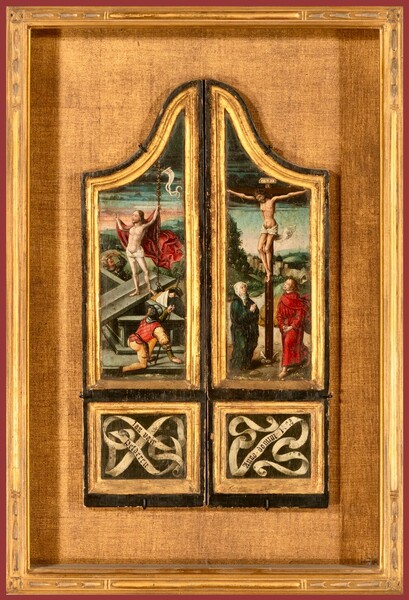
2nd half 16th century Anonymous Flemish painter
"A pair of wings of a small private triptych"
7.400 €
"A pair of wings of a small private triptych"
7.400 €
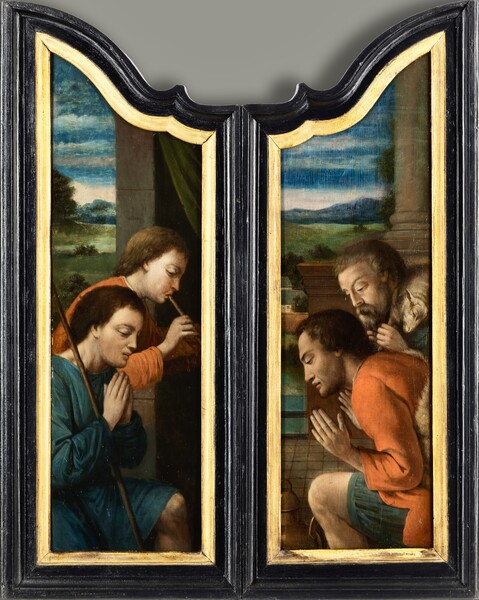
2nd half of the 16th century Anonymous Flemish painter
"A pair of triptych wings"
9.500 €
"A pair of triptych wings"
9.500 €
3rd quarter 16th century Anonymous Flemish painter
"The Annunciation"
7.500 €
"The Annunciation"
7.500 €
Johannes Baeck
"Diogenes seeking a True Man"
25.000 €
"Diogenes seeking a True Man"
25.000 €
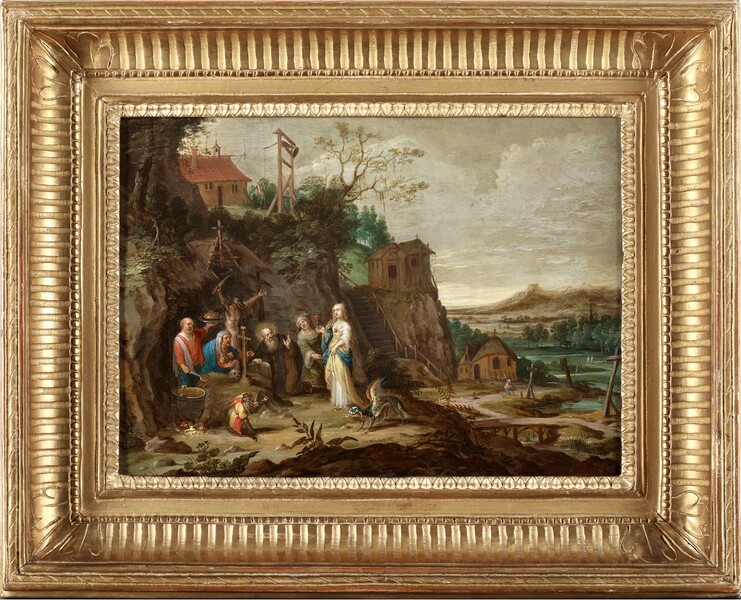
Attributed to Cornelis I de Baellieur
"The Temptation of Saint Anthony"
18.500 €
"The Temptation of Saint Anthony"
18.500 €
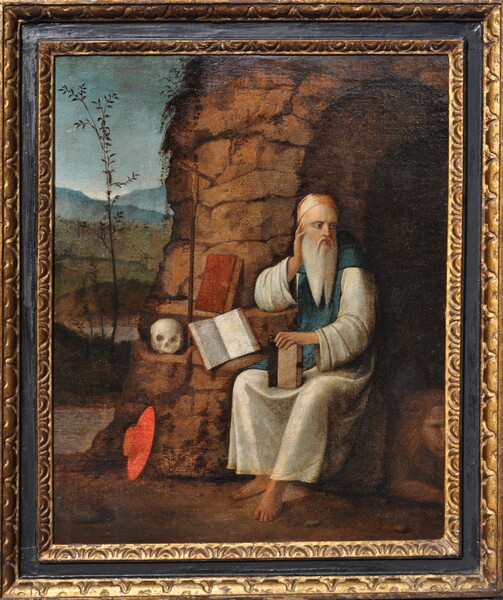
Follower of Giovanni Bellini
"Saint Jerome in the wilderness"
9.000 €
"Saint Jerome in the wilderness"
9.000 €
Attributed to Pauwels Casteels
"Susanna and the Elders"
4.350 €
"Susanna and the Elders"
4.350 €
David Colijns
"The legend of William Tell"
6.500 €
"The legend of William Tell"
6.500 €
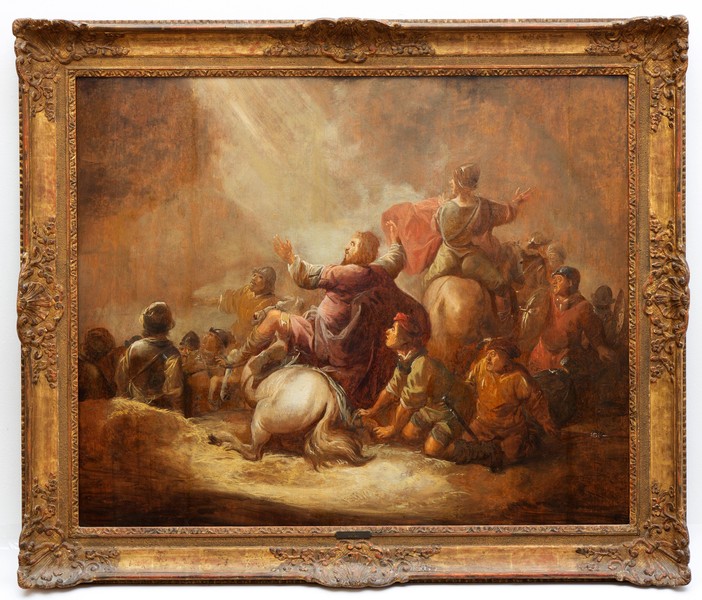
Benjamin Cuyp
"The conversion of Saul on his way to Damascus"
12.500 €
"The conversion of Saul on his way to Damascus"
12.500 €
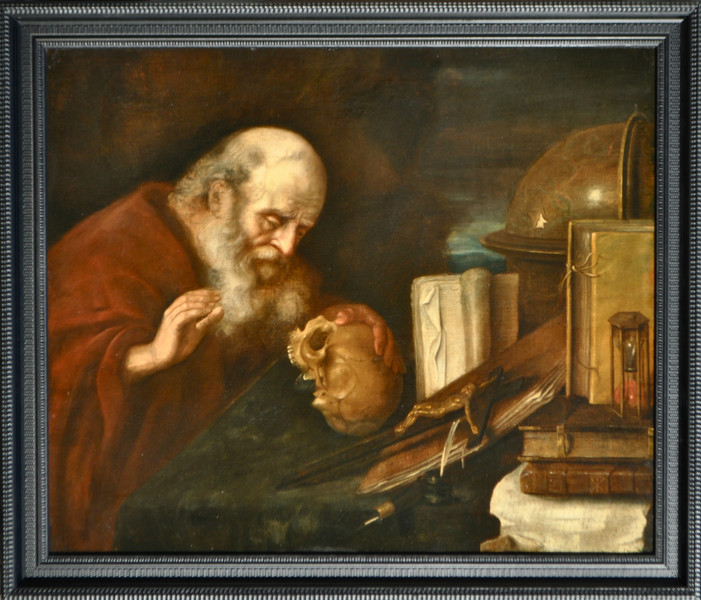
Attributed to Christian Donck
"Saint Jerome in his study"
10.000 €
"Saint Jerome in his study"
10.000 €
first quarter 17th century Flemish follower of Maarten van Heemskerck
"The Temple of Artemis in Ephesus"
5000 €
"The Temple of Artemis in Ephesus"
5000 €
Attributed to Matheus van Helmont
"The Temptation of Saint Anthony"
12.000 €
"The Temptation of Saint Anthony"
12.000 €
Hieronymus Janssens
"Judith and Holofernes"
9.000 €
"Judith and Holofernes"
9.000 €
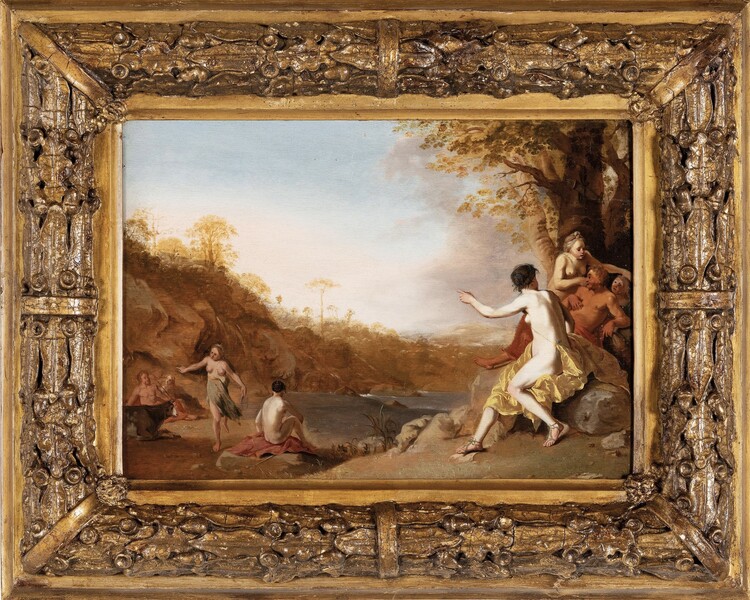
Attributed to Dirck van der Lisse
"Figures in an Arcadian landscape"
4.500 €
"Figures in an Arcadian landscape"
4.500 €
Aert Jansz. Marienhof
"Christ blessing the children"
8.000 €
"Christ blessing the children"
8.000 €
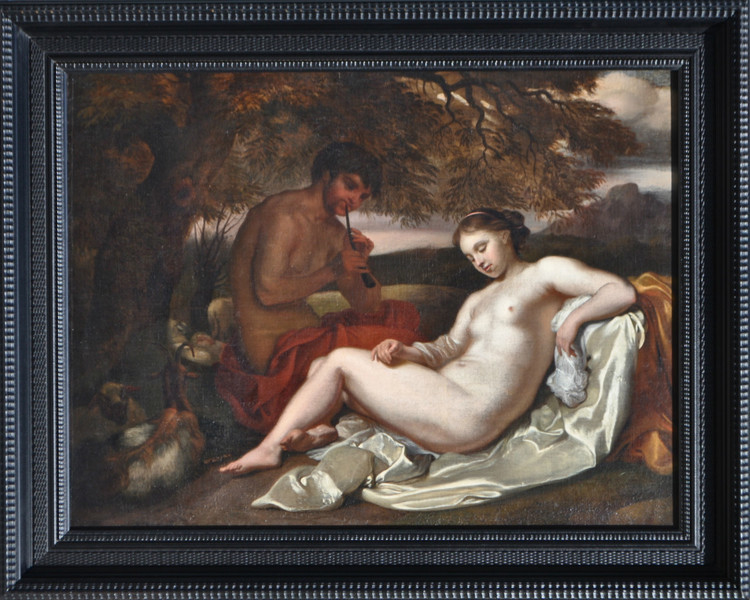
Carel de Moor
"A young satyr playing flute for a sleeping nymph in Arcadia"
7.000 €
"A young satyr playing flute for a sleeping nymph in Arcadia"
7.000 €
Matthijs Naiveu
"The Temptation of Saint Anthony"
11.500 €
"The Temptation of Saint Anthony"
11.500 €
Willem II van Nieulandt
"Ruth and Naomi"
7.000 €
"Ruth and Naomi"
7.000 €
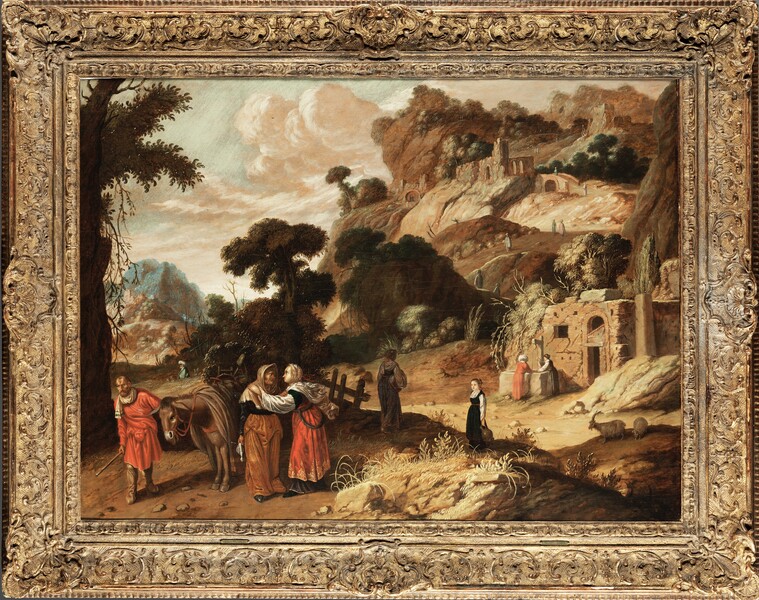
Jacob Symonsz. Pynas
"Ruth declares her loyalty to Naomi"
12.500 €
"Ruth declares her loyalty to Naomi"
12.500 €
First half 17th century Antwerp follower of Hans Rotternhammer
"The children's dance"
6.000 €
"The children's dance"
6.000 €
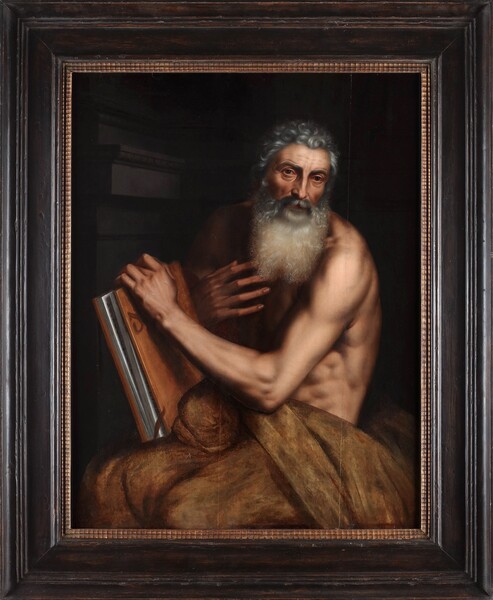
Vincent and studio Sellaer
"Saint Jerome"
13.000 €
"Saint Jerome"
13.000 €
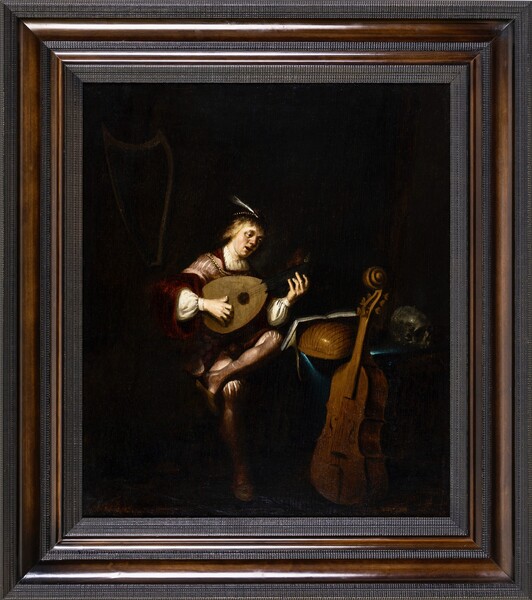
Attributed to Jacob van Spreeuwen
"A Vanitas scene with a lute player"
8.000 €
"A Vanitas scene with a lute player"
8.000 €
Attributed to Rombout van Troyen
"Hagar and Ishmael leaving Abraham"
3.500 €
"Hagar and Ishmael leaving Abraham"
3.500 €
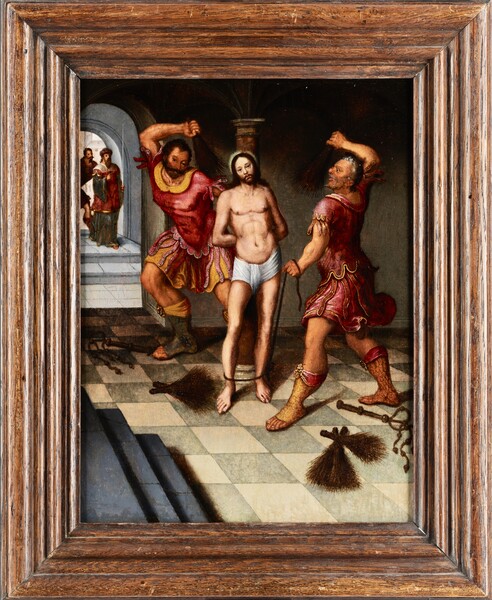
Unidentified middle 16th century painter from the Low Countries
"The Flagellation of Christ"
6.000 €
"The Flagellation of Christ"
6.000 €
Moses van Uyttenbroeck
"Messapian shepherds mocking a group of nymphs"
11.000 €
"Messapian shepherds mocking a group of nymphs"
11.000 €
François Verwilt
"The Adoration of the Angels"
6.700 €
"The Adoration of the Angels"
6.700 €
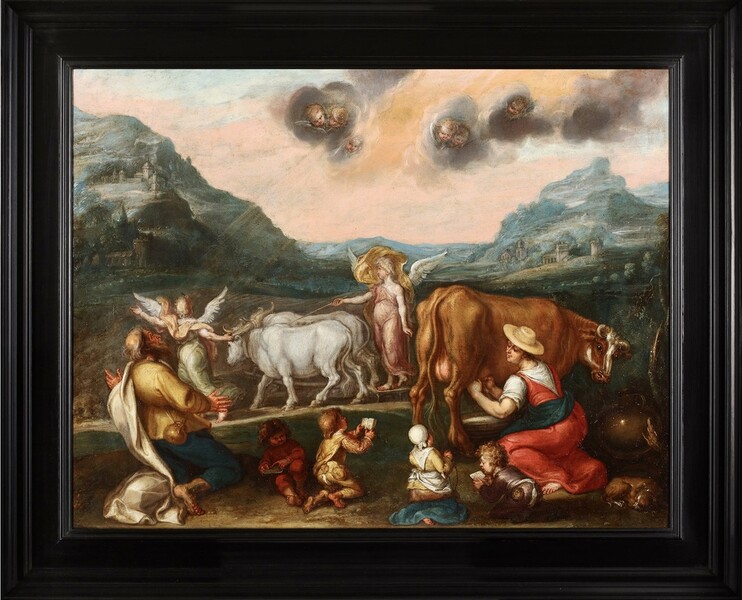
Simon de Vos
"The miracle of Saint Isidore the Farmer"
6.500 €
"The miracle of Saint Isidore the Farmer"
6.500 €
Dirck de Vries
"Christ at Emmaus"
6.900 €
"Christ at Emmaus"
6.900 €
